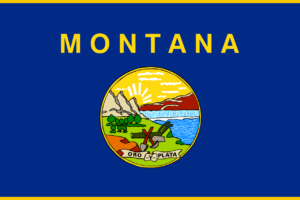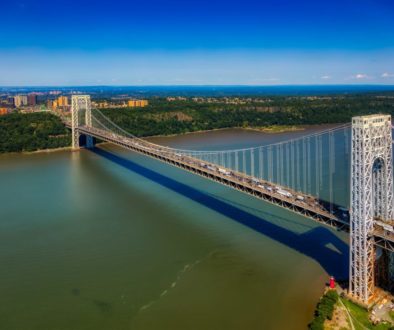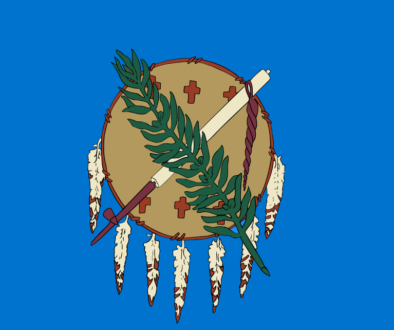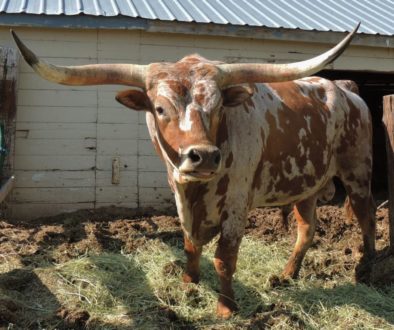Montana
History: After Native Americans arrived in Montana thousands of years ago, they grew into the Crow, Cheyenne, Blackfeet, Assiniboine, Kootenai, and Salish tribes. The eastern part of Montana was part of the Louisiana Purchase in 1803. For decades after the Lewis and Clark Expedition, American, British, and French traders fur traders explored the area, typically working with indigenous tribes. The first permanent settlement by Americans was at St Mary’s in 1841. The western part of Montana was part of the Oregon Country, and not fully owned by the U.S. until 1846. There were numerous conflicts with the tribes from 1850 to the 1880’s. Montana became the 41st state on November 8, 1889.
Economy: The industry in Montana is comprised of mining, lumber and wood products, food processing, and tourism. Agriculture production is focused on cattle, wheat, barley, sugar beets, hay, and hogs. Mining has also been economically profitable, with Montana’s rich deposits of minerals, including gold, silver, copper, lead, zinc, coal, and oil.
Climate: Since Montana is a large state with lots of different geography, it also has lots of different kinds of climate. Eastern Montana is made up of plains and badlands, has some hills and mountain ranges, and has a semiarid, continental climate. The area west of the Continental Divide has rather a Pacific Coast climate with milder winters, cooler summers, less wind and a longer growing season.
Geography: Montana is in the northern region of the western United States, and is one of the eight Mountain States. It is the fourth largest state in the U.S. Montana has over a hundred mountain ranges in its western half, many being parts of the Rocky Mountains. Close to 60 percent of the state is prairie, which is part of the Great Plains.
Fun Facts:
- The coldest temperature ever recorded in the U.S. was on January 20, 1954 near Rogers Pass in Montana. It was –70 degrees Farenheit!
- The largest herd of migratory elk in the U.S. is in Montana.
- Montana is the largest landlocked state, having no ocean or sea borders.
- The largest Grizzly Bear population in the lower U.S. is in Montana.
- Montana has a nickname of “Treasure State” due to its rich deposits of minerals; gold, silver, copper, lead, zinc, coal and oil.
- Sapphires were often discarded by miners looking for gold. One miner saved them, sent to an appraiser, who ultimately declared them “the finest precious gemstones found in the U.S.”.
Points of Interest:
- Glacier National Park; Waterton Lakes National Park
- World Museum of Mining
- Museum of the Rockies in Bozeman
- Grizzly and Wolf Discovery Center in West Yellowstone
- Big Sky Resort
- Little Bighorn National Monument
Six additional sites to visit for more information:
kids.nationalgeographic.com/montana/




